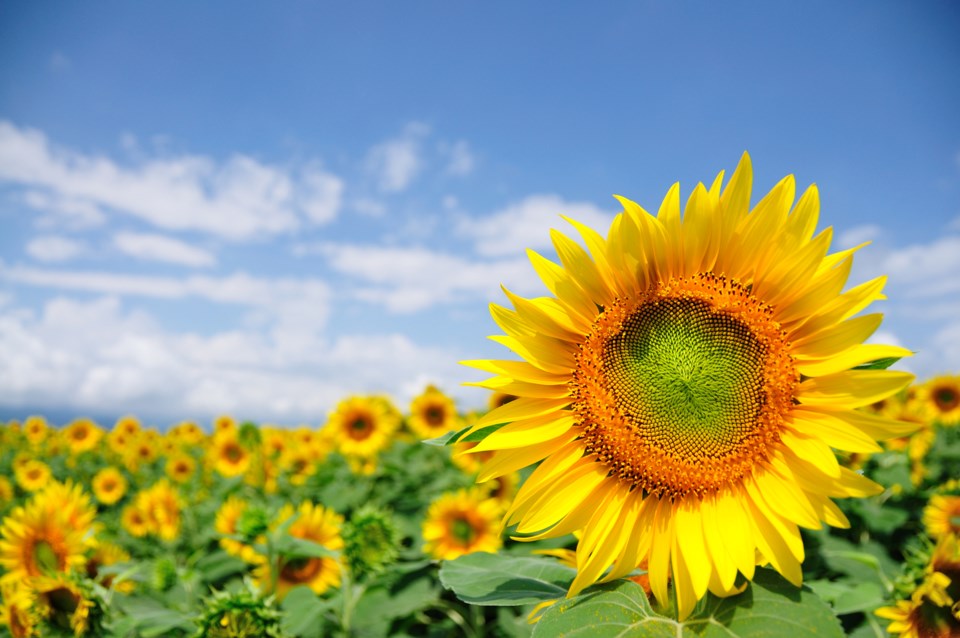WESTERN PRODUCER — The European Union needs to find a way to replace much of the vegetable oil it used to import from Ukraine, says an industry official.
Loic Boucher, Corteva Agriscience’s oilseed marketing lead for Europe, the Middle East and Africa, said Ukraine is a major global exporter of the commodity.
And the European Union is its biggest customer, accounting for 32 percent of sales in 2021. The next biggest customers are Southeast Asia at 27.4 percent and Asia at 20.1 percent.
Russia and Ukraine are responsible for 80 percent of the world’s sunflower oil exports.
The two countries harvested a record amount of the oilseed in 2021-22, with production up 18 percent year-on-year, according to UkrAgroConsult.
However, Ukraine’s sunflower oil exports fell by 15 percent because of war-related problems, while Russian exports dropped 27 percent, largely due to a floating export duty, according to the consultancy firm.
Boucher said sunflower is the biggest oilseed crop grown in Ukraine. A large portion of it is planted in war-torn southeastern Ukraine, where the fighting has been fierce.
About one-quarter of the crop is typically planted in the Russian-occupied oblasts of Luhansk, Donetsk, Zaporizh and Kherson.
That is why farmers only seeded 11.6 million acres of the oilseed in 2022-23, down from 16 million acres before the war.
“Sunflower is strongly, strongly disturbed by the conflict,” said Boucher.
By contrast, Ukraine’s canola and soybean crops are primarily grown in the country’s northwestern region, far removed from the biggest conflict region.
Ukraine typically plants about 2.5 million acres of winter canola and about three million acres of winter soybeans.
It is Europe’s third largest canola producer, behind France and Germany, and the largest soybean producer next to Russia.
Farmers could increase acres of both canola and soybeans this winter.
However, oilseed crushing and oil exports have been seriously curtailed because of the war and that is unlikely to change.
While some product is moving through the Odesa-area ports participating in the United Nations’ shipping corridor, two of the country’s largest ports, Mariupol and Berdyansk, remain under Russian control.
Boucher estimates that Ukraine has lost 50 to 60 percent of its export capacity. Vegetable oil is moving by truck through Poland and being loaded onto ships at ports in the Baltic Sea, but that is a complex path to market.
He expects there will be a big increase in winter canola plantings in the European Union to make up for the lost vegetable oil imports from Ukraine.
Boucher anticipates a 15 percent increase in acreage in Germany, France and Romania.
Russia grows canola in the spring like Canada. The country typically plants about 2.8 million acres of the crop. He anticipates an increase in seeding in that country as well due to strong demand out of China.
Russia’s soybean acreage has doubled over the past five years, with an estimated 7.7 million acres planted in 2022.
But sunflowers are still king in Russia, with about 22 million acres planted annually. Boucher thinks acreage will increase in 2022-23.
The problem is that Russia is also having problems with exports due to international sanctions.
Contact [email protected]

